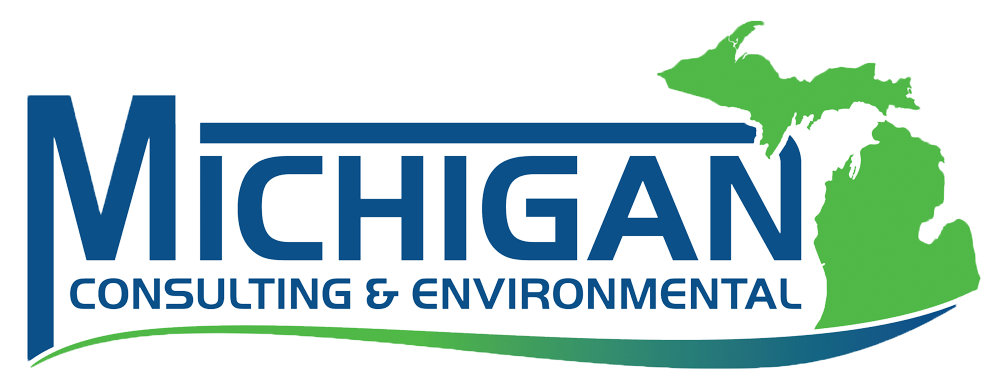The Earth settles over time, leaving undetected gas and vapors that were once trapped under water-tables or soil to rise to the surface following a project. However, the release of solvents, petroleum, or dry-cleaning fluids into the ground and naturally occurring methane or radon can potentially impact indoor air quality through vapor intrusion.
At Michigan Consulting & Environmental, we have designed and installed hundreds of Sub-Slab Depressurization Systems (SSDS) for residential, commercial, and industrial customers throughout Michigan and the Great Lakes States. Our team of geologists, hydrologists, engineers, and consultants have decades of experience with assisting projects where contamination is present, working to resolve the issue at hand both safely and efficiently.
How Do Sub-Slab Depressurization Systems Work?
If vapor intrusion is identified and above accepted screening levels, a SSDS, or sub-slab venting (SSV) needs to be put in place. This system creates negative pressure by extracting air from beneath the building’s floor slab, reversing the sub-slab to indoor air flow, and preventing vapors from migrating into a building. Negative pressure is induced through a system of sub-slab extraction point(s) or slotted piping connected to a blower that is treated or directly vented to the outdoors, depending on the contaminant, concentration, and regulatory requirements.
At Michigan Consulting & Environmental, we provide the following services to our customers:
- Full-scale SSD and SSV System design and construction
- Subsurface assessment to collect chemical, soil characteristics, and extent of impact data
- Pilot testing to determine subsurface flow and mass loading characteristics
- Design of cost-effective sub slab vapor capture system
- Regulatory agency approvals, when required
- Trenching or coring existing flooring and installation of sub-slab piping
- Concrete restoration to match existing floor surface
- Installation of vacuum pump(s) or fan(s) sized to optimize recovery of sub slab vapors
- Design and installation of depressurization system exhaust treatment system, if required
- System start-up and performance testing
- System monitoring, if required
- Vapor barrier and impermeable control barrier system design and installation
- SSDS and SSV installation for new structures (residential/commercial/industrial)
Vapors that intrude into homes and businesses due to pressure differentials are a threat to human health. Contact us to learn more about Sub-Slab Depressurization Systems today!
